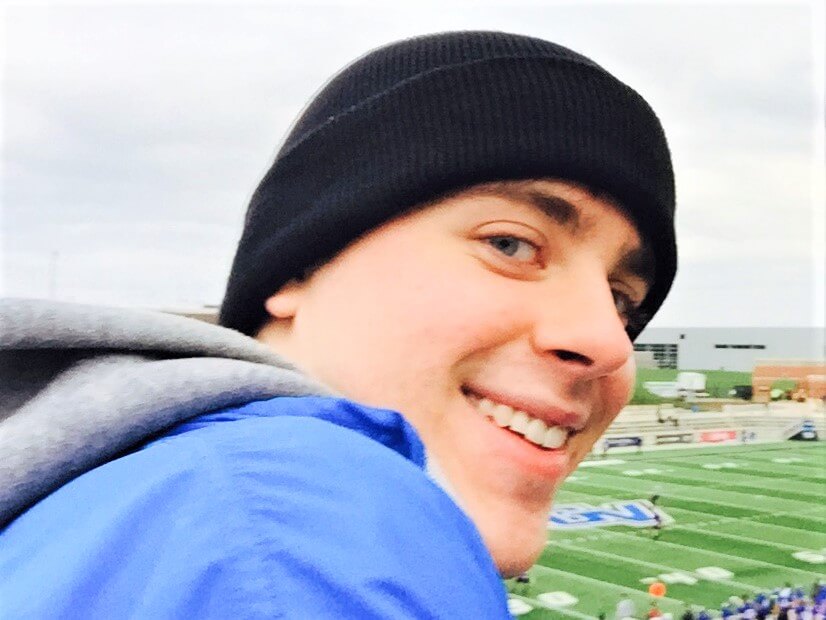Scientific Thinking for Governments

The local governmental unit where I work encourages all to take a scientific thinking approach to solving challenges around the county. The department where I work has embraced this approach and to date has structured three projects under a specific methodology. The challenges selected have been large projects that span multiple months. By going through regular interval exercises, the goal is to change employees’ behavior as it pertains to their approach to tackling challenges facing the governmental unit. If scientific thinking can be learned through application to large challenges, the hope is the behavior will be applied to all challenges without effort or thought. As administration has embraced lean production and Toyota Production System, it is no surprise kata is the chosen methodology.
From the Japanese language, in martial arts, kata refers to the approach one may take to learn fundamental movements. In a clearly defined process, one uses standard patterns of behavior and clear expectations to recognize abnormalities, identify obstacles, and practice new behavior to improve, set and attain higher standards. In lean management, kata refers to specific behaviors: coaching and improvement. Coaching kata and improvement kata are inextricably linked. Coaching kata provides a group of learners with a challenge. Through regular interval coaching sessions, coaches give learners procedural guidance that allows the group to overcome obstacles. Improvement kata is the process by which a group of learners on the advice of the coaches repeat specific steps that lead to continuous improvement.


Coaching kata and improvement kata are inextricably linked.
Delving into the continuous improvement through scientific problem-solving, a four-step methodology is use. Step one is to determine vision or direction. The vision or direction is defined in a challenge statement provided to learners by coaches. Learners and coaches can negotiate with one another to determine what is the challenge. Step two is to grasp the current condition. Depending on the challenge, this may take multiple weeks to discover. Determining the current condition can also be (but doesn’t have to be) discover by following the remaining steps. Step three is to define the next target condition. The coaches will set a date and coaches and learners negotiate what is attainable within that time frame. Using specific, measurable metrics is important for setting a direction and determining if the target is met by the end date. Step four is to move toward the target; use multiple plan, do, check, act or “PDCA” cycles to overcome obstacles. PDCA cycles are due at regular interviews. Once completed, coaches and learners meet in coaching secessions to compare target and current conditions for abnormalities. Where abnormalities exist, coaches and learners discuss the obstacles and plan the next PDCA cycle.
As with most new systems, there is a substantial learning curve. No exception is made for kata. Both coaching kata and improvement kata have required substantial time to be invested by both coaches and learners. Three and a half months after initial training, all parties are still grasping concepts and rewiring brains to think in a more scientific approach. As one observer, I conclude the biggest challenge to date has been for coaches to let learners identify obstacles and make discoveries without specific guidance. From the other observers’ perspective, it has been a challenge for learners to develop obstacles and discover facts without explicit guidance from coaches.
While my organization has not achieved the challenge put forth by kata – use scientific thinking for every challenge, large and small, without a following a formal process – groups are currently taking a scientific approach to active projects. The target condition is to get better at following kata methodology. We know we will achieve the target condition when it takes less than a half hour to go through the steps and a PDCA cycle between coaching intervals. Currently it takes an hour to two hours.
There are several obstacles preventing us from reaching out target condition. We do not have enough time to dedicate kata. We know it is still an obstacle because all the learners admit they spend time during group meetings thinking about their other tasks. Another obstacle is setting up specific, measurable metrics that are meaningful and helpful to determining whether we achieve our target condition. We identify this as a challenge because target conditions are set up using one metric and by the target date, our current condition is using a different metric. Thirdly, we do not know best practices to negotiate our challenge or target condition. We can measure this obstacle by the number of times learners attempt to negotiate with the coaches after the negotiation period has closed. Focusing on the first obstacle, our plan is to continue practicing kata and bring in an outside observer. When we get off topic, the outside observer will refocus our conversation. We expect that after a few coaching cycles, we be able to self-police and eliminate all time thinking about other topics. If successful, we will be one step closer to our target condition and challenge.

CAREER ADVICE

GOV TALK




